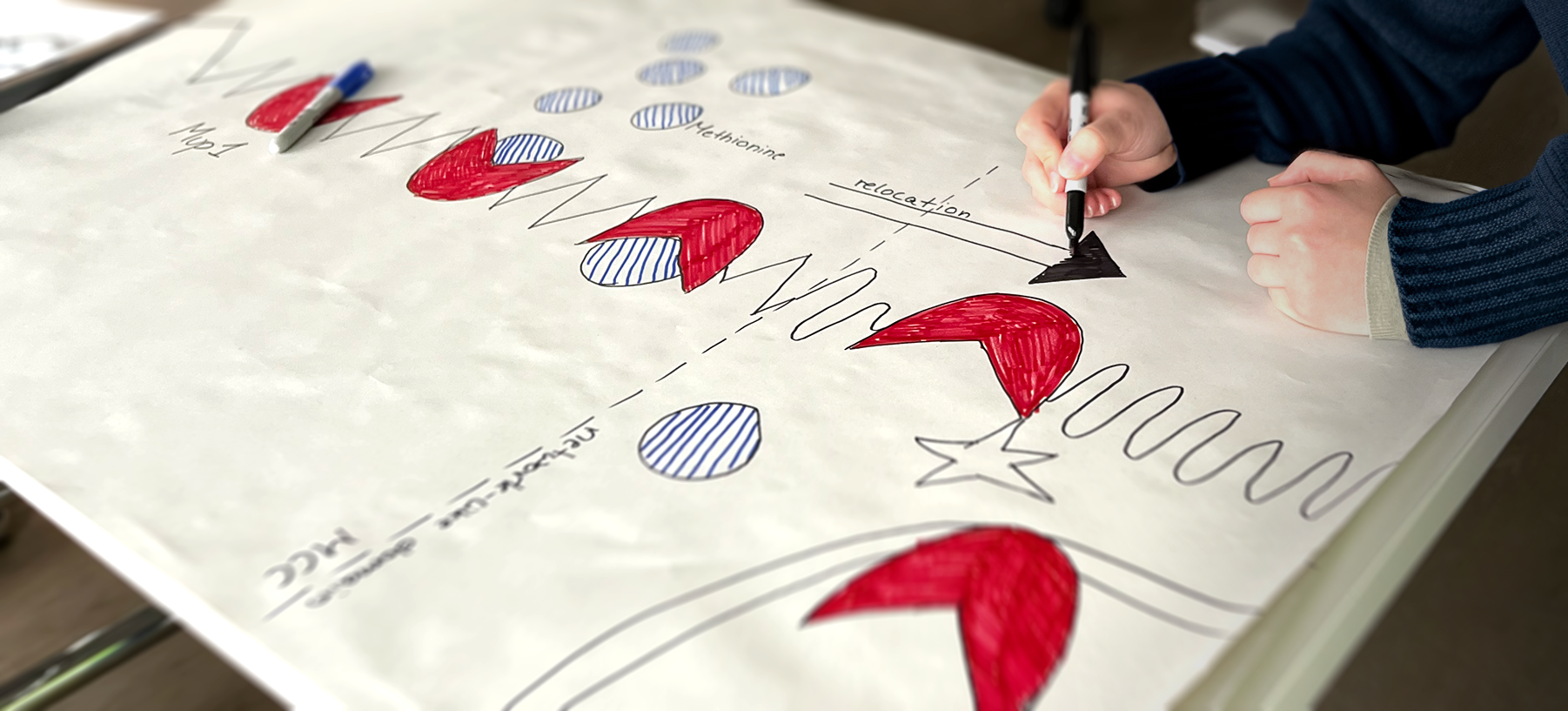Design Principles for Schematic Figures
Transforming Complex Scientific Ideas into Clear Visual Stories
Who this Course is for
For scientists, it is vital to communicate research to different audiences in clear and compelling ways. Visual representations of new knowledge, like schematic figures, can help both to communicate research findings and attract readers browsing busy journal sites and social media. In order to create a clear and attractive schematic figure, it is important to understand the underlying design principles that make the visual representation of information successful. In this workshop, you will learn what design is and how to apply design principles to create your own compelling figures.

Style of this Course
The workshop consists of one day:
9:00 -17:30 (CET/CEST) including breaks
Throughout this course, you will practice what you are learning in a total of 4 exercises. These exercises are critical to your engagement and long-term retention of design principles. During the exercises, you’ll draw with marker pens on white sheets of paper. You won’t need knowledge of applications like Adobe Illustrator or Photoshop, allowing you to focus on design principles that can be applied using any tool (digital or otherwise) that you choose. While you’ll use a laptop or device to participate in the online course, you won’t need additional digital tools for the practical drawing exercises.

What you will learn
This course begins with a creative introduction designed to help you warm-up and get familiar with the purpose of the workshop. You will learn about schematic figures—what they are, where they can be used, and why they are essential for effective communication.
From there, you will explore the fundamentals of design and discover how storytelling is key to creating impactful visuals.
The course will guide you through the process of transforming research findings or narratives into compelling concepts for schematic figures, using proven design techniques to structure and organize information effectively.
As the course progresses, you will engage in hands-on exercises, starting with writing a storyline for an existing schematic figure. Then, you will apply your knowledge to develop your own concept and sketch.
In the afternoon, the focus shifts to your own research. You will use the design techniques learned earlier to create a schematic figure tailored to your work. Small group sessions will provide opportunities to exchange feedback, with valuable input from the trainer on how to refine your storyline and schematic figure concept.
Additionally, you’ll learn how to enhance your visuals using size, fonts, and color to maximize their impact.
Design principles for schematic figures
Live Online
Using design to communicate complex ideas
What’s included
- 1 full day of training
- Course Materials
- Dynamic digital experience
Our Training Team – Skilful for Scientists
Our trainers bring a wealth of expertise from diverse professional backgrounds, with extensive experience supporting leaders in the life sciences.
Sandra Krahl is one of our expert trainers, bringing over 27 years of experience in graphic design and more than 15 years in science communication and illustration.
She specializes in creating concepts and designing schematic figures and scientific covers. Sandra works closely with scientists and research institutes to craft clear, engaging narratives for various communication platforms, including scientific posters, social media, and presentations for peers and funding committees.

Our On-Site Design Principles Training
If you have a group of researchers who would benefit from enhancing their ability to create clear, engaging, and visually compelling schematic figures while fostering a collaborative learning environment, we’re happy to bring this design principles course to your institute! Find out how…


